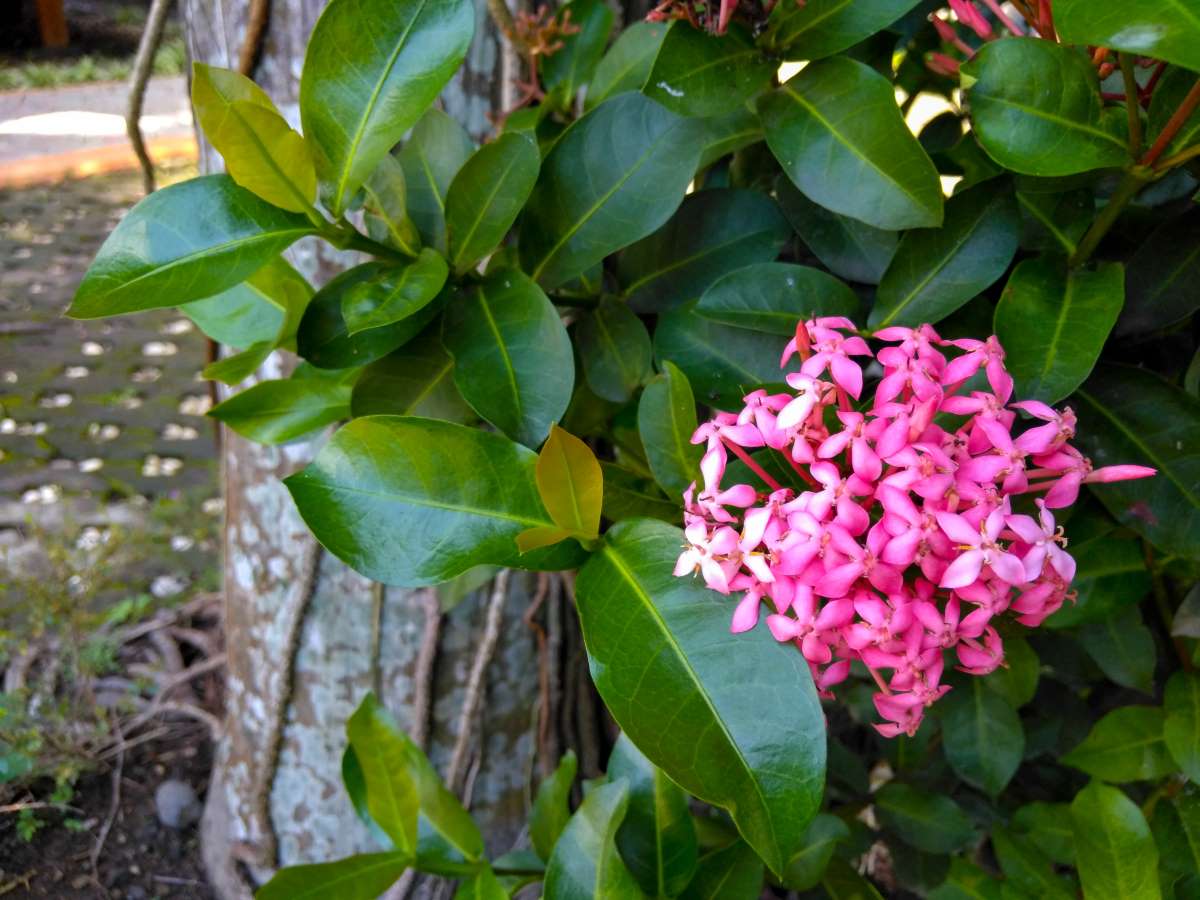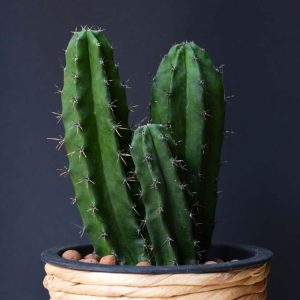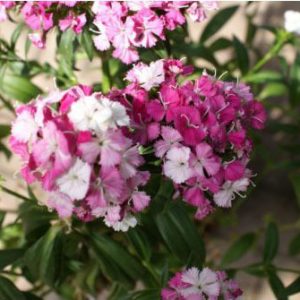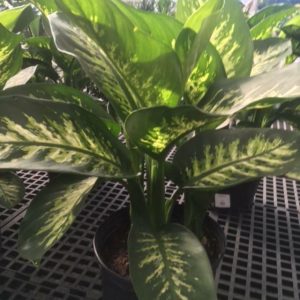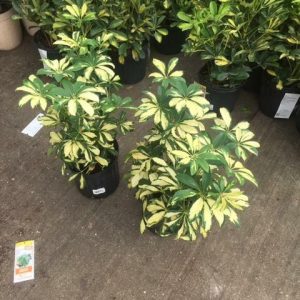Description
Daphne cneorum var. pygmaea – Garland Daphne – Garden Flower – Rose Daphne – Rock Daphne – This difficult to grow, low growing, near evergreen shrub from the mountains of Central and Southern Europe grows 4″ tall and 12″ inches wide. From semi prostrate branching stems it carries smooth, inversely lance shaped leaves, that are very compact with leaves to 3/8″ long, dark green above, gray-green beneath. In late spring it bears abundant dense, terminal clusters of 6-20 strongly scented, pale to deep rose-pink, sometimes white flowers, to ½” long. It is a sun loving plant but requires moist but well drained soil.
zones 5-7
Daphne –
There are about 50 species of deciduous, semi evergreen, or evergreen shrubs, in this genus. They are indigenous to Europe, Northern Africa, and temperate Asia, in habitats ranging from low land woodland to mountains. They are grown mainly for their 4 lobed, tubular, usually highly fragrant, terminal and axillary flowers, held singly or in short racemes or clustered heads, and varying from red-purple to pink, lavender-pink, lilac, yellow, white and cream. Daphnes are also grown for their naturally neat, compact bushy habit seldom reaching 6′ feet tall, or fruit. The dull green, leathery, smooth edged, simple, linear to ovate, leaves are alternate, rarely opposite, and hairless to softly hairy, and the spherical to ovoid, white, pink, orange, red, or purple black fruits, to ½” across, are fleshy or dy. Grow in a rock garden, a shrub border, or in woodland. All parts, including the seeds, are highly toxic if ingested,, and contact with the sap may irritate skin.
Grow in moist, moderately fertile, humus rich, well aerated, gritty, well drained but not dry soil. Most prefer slightly alkaline to slightly acidic soil in sun or partial shade. Small leafed species prefer bright conditions those with larger leaves are happier shaded from the hottest sun. All resent transplanting. Mature specimen may die suddenly for no apparent reason.
Prone to fasciation, Southern Blight, tobacco ringspot virus, Verticillium wilt, crown rot, root rot, Botrytis twig blight, aphids and scale insects.

